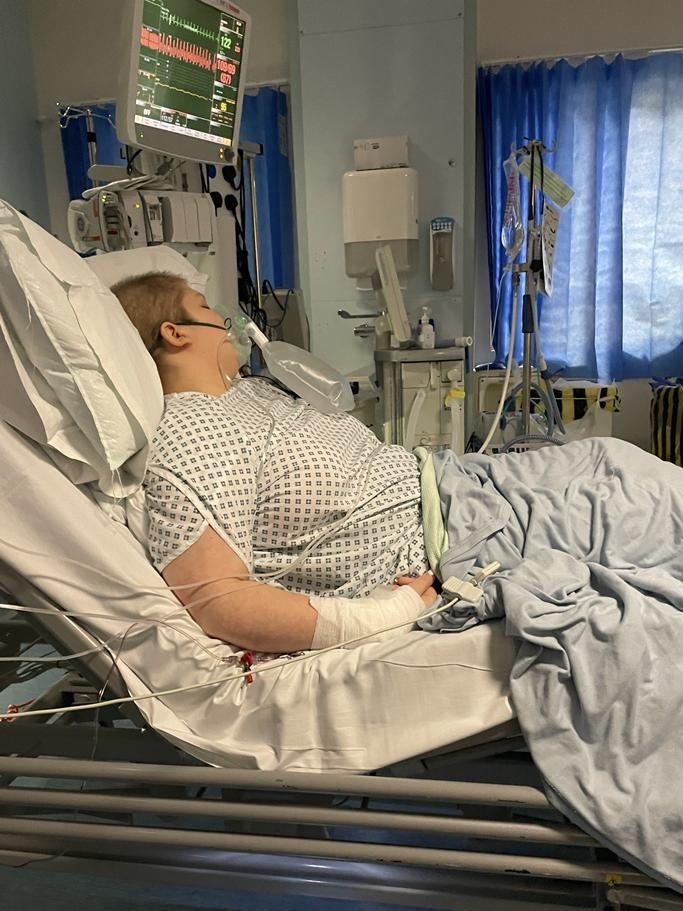Signs of cancer: Mole changes
Changes in moles are one of the most common signs of cancer in young people. Use this page to find out more about what to do if you notice this.
- This could be a change in the size, shape, colour or texture of a mole, or if it starts bleeding
- Mole changes can be a sign of melanoma (the most common type of skin cancer in young people)
- You know your body better than anyone else, so if you notice changes that are worrying you, you should get them checked out
- Mole changes don’t mean you definitely have cancer, but if you notice anything unusual, make an appointment with your GP
- Below you’ll find more information about how you can best explain your symptoms to your GP
When should I go to the GP?
If you notice changes in any of your moles that you’re concerned about, you should see your GP. This could be a change in the size, shape, colour or texture of a mole, or if it starts bleeding.
You can use the ABCDE guide below to check your moles:
A – asymmetrical
Asymmetrical means if something isn’t even. If your mole has an uneven border or is a different shape on one side to the other, this would be asymmetrical. This can be a sign of melanoma.
B – border
Regular moles will have a smooth edge or ‘border’. If you notice that one of your moles has wobbly or jagged edges, then it could be a sign of melanoma.
C – colour
Moles will usually have an even colour. If any of your moles have a combination of different colours or shades, then it could be a sign of melanoma.
D – diameter
Diameter refers to the size of your mole. Moles are generally the size of the top of a pencil or smaller. If any of your moles are bigger than this, then it could be a sign of melanoma.
E – evolving
If any of your moles have changed in shape, size, colour or have started bleeding, then this could be a sign of melanoma.
It’s a good idea to keep an eye on your moles, especially any that you think might be changing. One way to do this is by taking photos of your moles so you know what they looked like before and you can judge any change. You might want to put something next to them in the photo (like a 5p coin) so you can easily see whether or not they’ve changed in size.
What should I tell the GP about my symptoms?
It’s important you tell you GP as much as you can about the changes to any of your moles. It might be hard to remember exactly what you noticed and when, but we’ve put together a list of questions you can answer to make sure you give your GP as much info as possible.
Not all GP appointments will be in person, you might speak to your GP on the phone or via video call first. Even if you’re not speaking to your GP in person it’s still really important to give as much information as possible.
You can copy and paste this list below into the notes app on your phone or a Word document, or you can write down your notes in a notebook and take it to the appointment with you:
- Where is the mole?
- What has changed about it? (shape, size, colour, if it bleeds)
- When did you notice it had changed?
- Share any photos you might have of what it looked like previously
- Do you have any other moles that you’re worried about?
- Are there any other changes to your body that you’ve noticed?
What could it be?
Mole changes can be a sign of melanoma, which is the most common type of skin cancer in young people. You can find out more about skin cancer here.
Again, it’s important to remember that having any of these symptoms doesn’t mean you definitely have cancer, but if you notice anything unusual you should book an appointment to see your GP.
Most common signs of cancer in young people






PIF TICK accredited information
The Patient Information Forum is the UK membership organisation and network for people working in health information and support. The PIF TICK is the UK-wide Quality Mark for Health Information.

